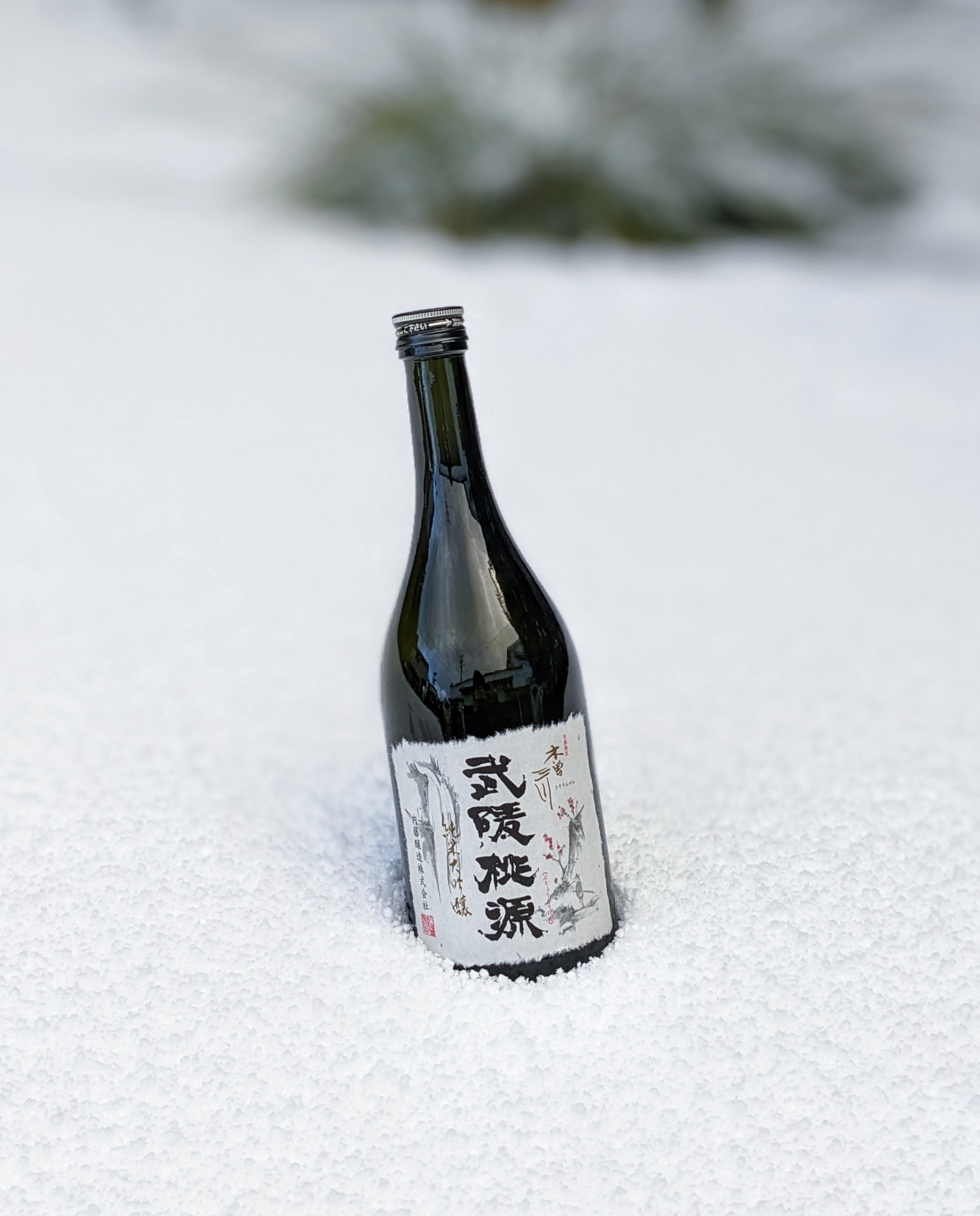
Sake Review: Kiso Sansen
The poetic label made in washi paper makes Kiso Sansen Junmai Daiginjo Buryoutougen, or simply Kiso Sansen, a joy to look at. This gorgeous bottle comes from Naito Brewery in the Aichi Prefecture.
Naito Brewery was founded in 1826 and their junmai daiginjo won the gold medal at The Fine Sake Awards Japan in 2021. On the back label of Kiso Sansen, the brewery shares its passion in making mellow and fruity sake but for those who need a bit more in depth information, the nihonshudo or SMV (sake meter value) is ±0 and the acidity is 1.1.
Naito Brewery brews all their sake using underground water coming from the Kiso river, which is soft and perfect to make a mellow type of sake. They follow the brewing tradition and techniques of the Nanbu Toji guild by combining it with modern technology to create the best sake possible.
Kiso Sansen junmai daiginjo is made using only the king of rice, Yamada Nishiki, polished down to 40%. The soft and light-in-minerals waters of the Kiso river give this sake a gentle sweetness and a clean finish. As it is written on the label, this sake has an unparalleled mellowness (芳醇無比).
Being a junmai daiginjo, my vessel of choice to taste it’s a white wine glass.As soon as I pour it, I notice a gorgeous straw yellow colour. I honestly was expecting almost a pristine colourless sake, so this is a nice surprise. I’m always excited when sake has a tad of colour.
On the nose Kiso Sansen is fruity and reminiscent of plums and peaches, with a hint of lemongrass in the back. This sake has a very clean and fine texture, almost water-like.
Kiso Sansen is fruity and mellow, with aromas of peach and plum, not fully ripe mango and vanilla. This sake has a very low acidity and still it’s like biting into a plum where the pulp meets the skin, the perfect mixture of sweetness and acidity. The aftertaste is clean and gives a completely different vibe, as it almost transforms into lemongrass and liquorice. It’s a very gentle transformation and then it gets clean, and makes you want another sip. The aftertaste isn’t as short as I originally thought it would be, and leaves a lingering peach blossom smell in your nose.
As it’s also written on the box of the bottle, the best way to serve Kiso Sansen is chilled, but it can also be enjoyed at room temperature and slightly warm (around 35° to 40° C or 95° to 104° F).
To make Kiso Sansen really shine, the food pairings can go from finger food and seafood, both raw and grilled. Being so mellow, it would really show its best qualities with non-fatty seafood, and grilled white fish. It’s a perfect pairing with sashimi like raw katsuo served with a kabosu slice to squeeze on top of it, just to give it an extra zing and bring out the lemongrass that is in the back of the sake.
Other amazing pairings are buffalo mozzarella topped with just a bit of olive oil, salt and pepper, just enough to bring out all the flavours without overpowering sake. Potato salad made with amaimo or sweet potatoes, smoked bacon and adding scrambled eggs and black pepper.
Kiso Sansen is a joy to sip and it can be the best cure after a long day at work.




